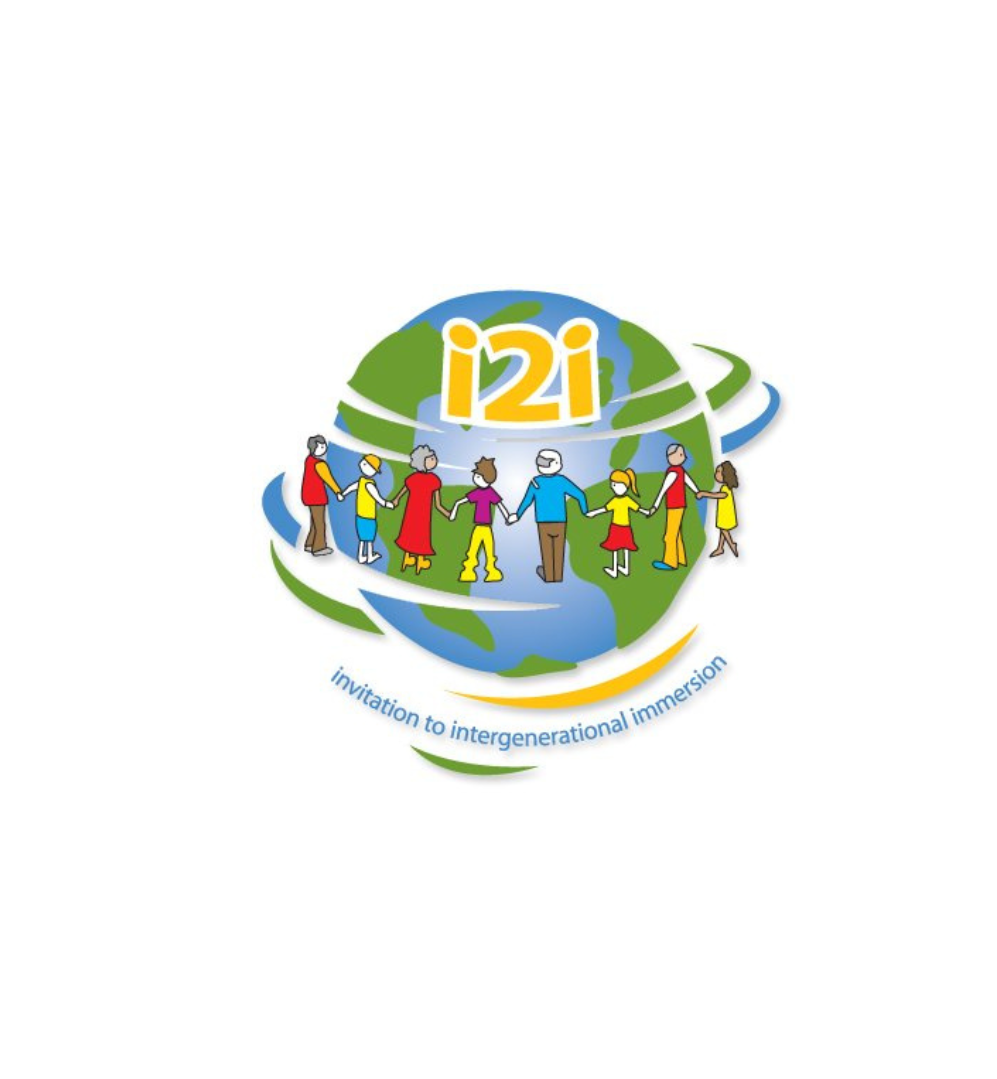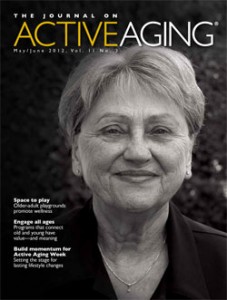Research
The Journal on Active Aging, May/June 2012Programs to bridge the generations, engage all agesby Jenifer Milner |
The i2i Intergenerational Society of Canada: The Meadows School ProjectDIANE OLIVIA MEYIA MENGUE, BA, Masters Studies, University of Athabasca, Athabasca, Alberta, Canada
About the researcher and paper: Diane_About_the_Author.pdff 74 kb |
||||||||


